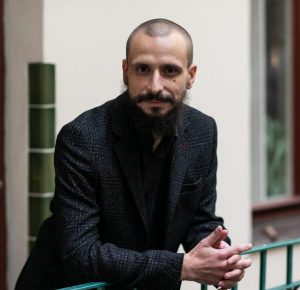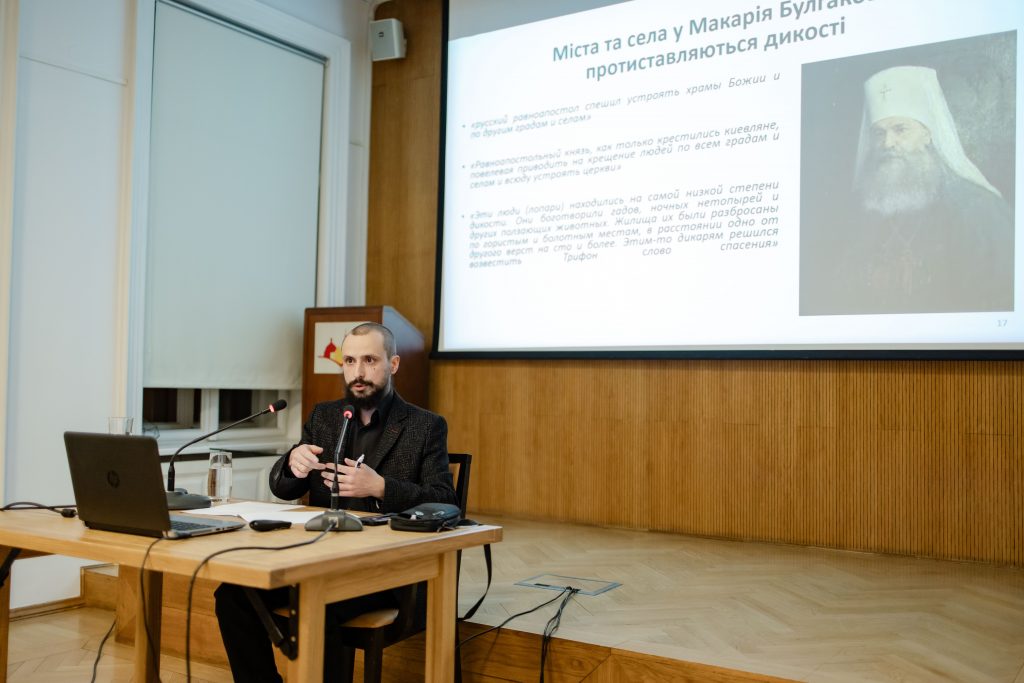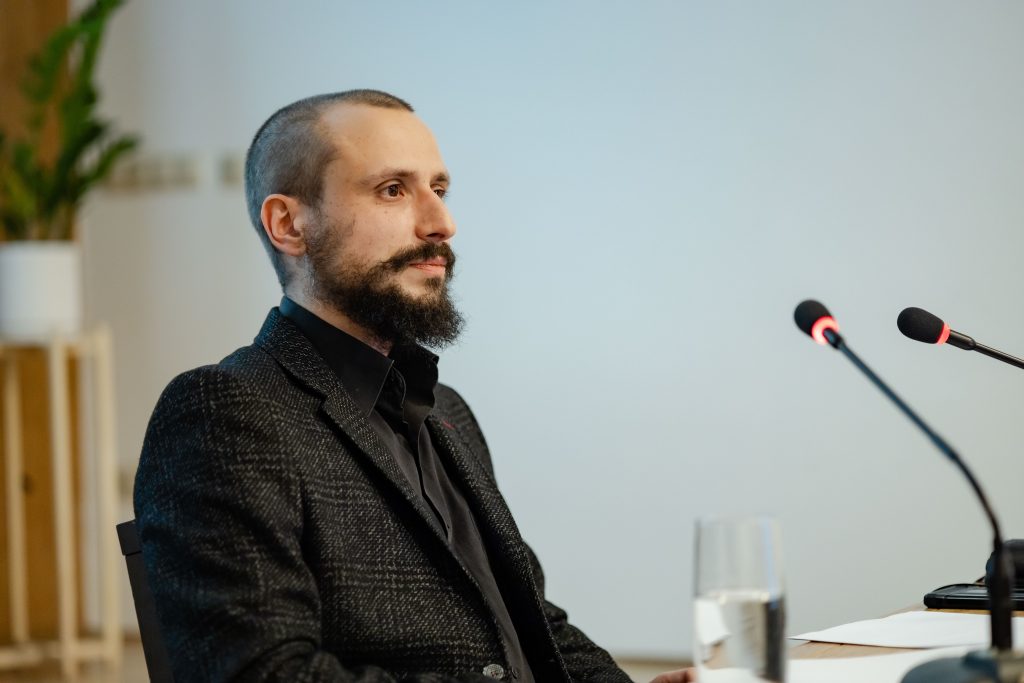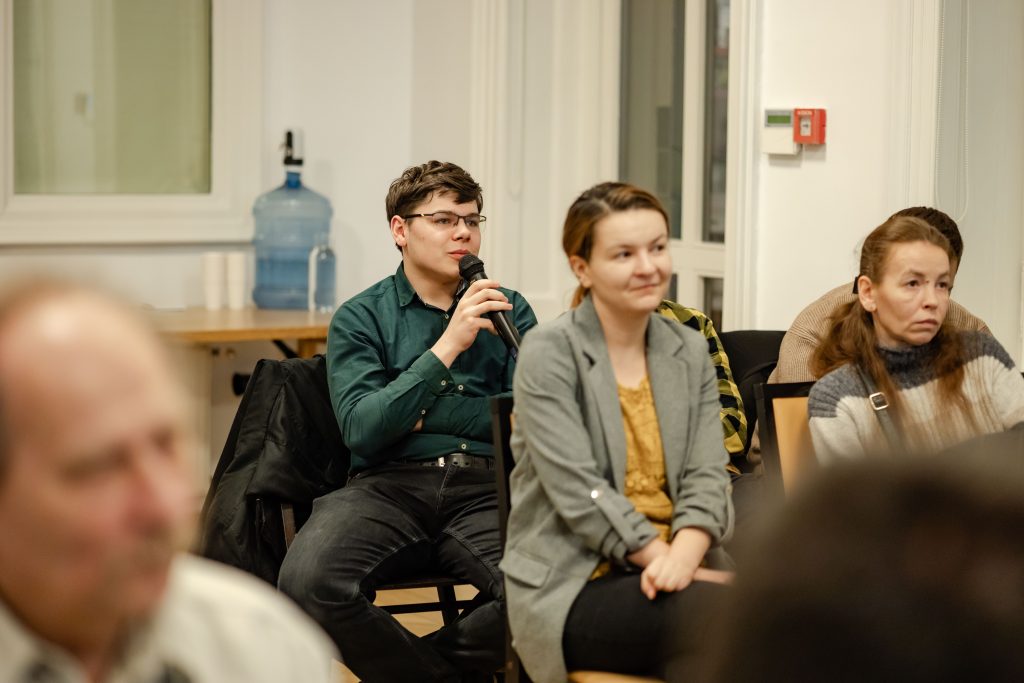Orthodoxy and the Imperial Space: Images of Ukrainian Cities in the Church Historiography of the Russian Empire (19th – early 20th centuries)
Pavlo Yeremieiev
N. Karazin Kharkiv National University21.2.2024; 18:30
Conference Room of the Center for Urban History
The "long" 19th century was the period when historians in the Russian Empire tried to formulate national grand narratives of their history. The formation of the image of Ukrainian lands as part of the imperial space was an essential component of this process. Along with secular historiography, historical research of church figures developed, particularly within the creation of generalized works and regional studies on the history of Orthodoxy in Eastern Europe. The first attempts at scientific study of urban life also date from this period.
In this lecture, the researcher will analyze the ways in which church historians of the nineteenth and early twentieth centuries framed the past of Ukrainian cities in the narratives of Russian history. Based on the approaches of the Cambridge School for Intellectual History, modern theories of metaphor, and quantitative methods of textual analysis, he will demonstrate how Orthodox historians symbolically divided the city and the countryside and how their perception of Ukrainian urban space was influenced by both personal theological, historiosophical, and socio-political views and changes in methodological approaches to the study of history, general cultural trends of the era (Enlightenment, Romanticism, etc.), and nation-building processes in the "long 19th century"?
Moreover, the lecture will focus on the influence of the polemics between the Ukrainian and Polish national movements on the nature of the description of Ukrainian cities by church historians of the nineteenth and early twentieth centuries, as well as the level of actualization of biblical city images and religious concepts of earlier periods (for example, "Kyiv is the Second Jerusalem") in the characterization of Ukrainian cities. On a statistical level, the researcher will characterize the commonality of the connection between the images of Ukrainian cities and various religious, social, and ethnic characteristics in the works of Orthodox historians of the 19th and early 20th centuries.

Pavlo Yeremieiev
N. Karazin Kharkiv National UniversityHe works as an associate professor at the Eastern Europe Department at the History Faculty and an associate professor at the Department of Ukrainian Studies at the Faculty of Philosophy at V. N. Karazin Kharkiv National University. He is a member of the Ukrainian Association of Researchers of Religion and the International Association for the Humanities.
During his stay at the Center for Urban History with the support of the Institute of Human Sciences in July-December 2023, he studied the specifics of constructing images of Ukrainian cities in the church historiography of the nineteenth century Russian Empire.
Credits
Cover Image: Kyiv Pechersk Lavra, engraving of 1820
Gallery: Bohdan Yemets
















